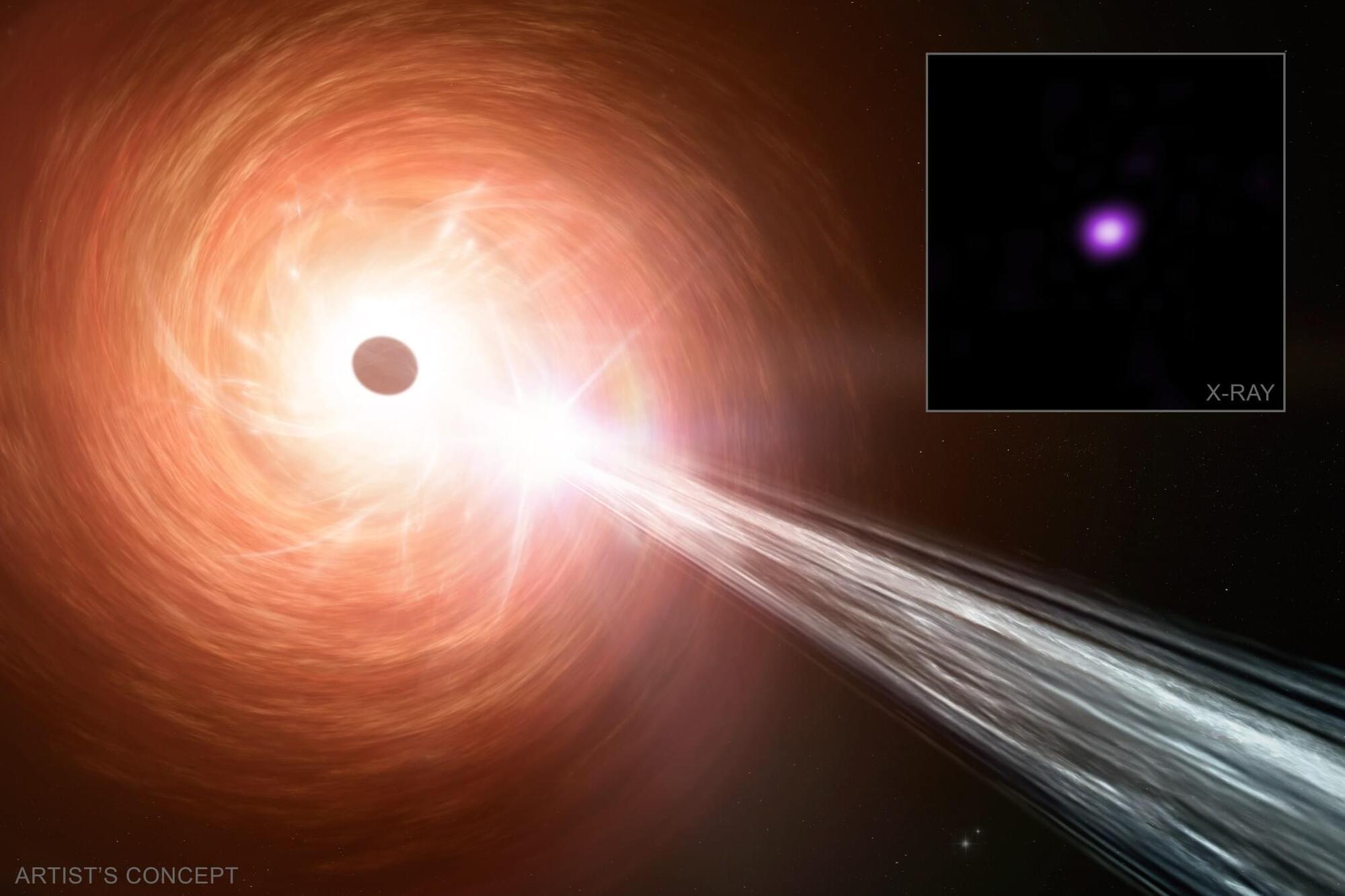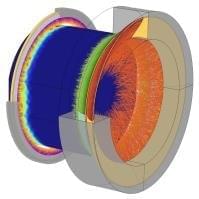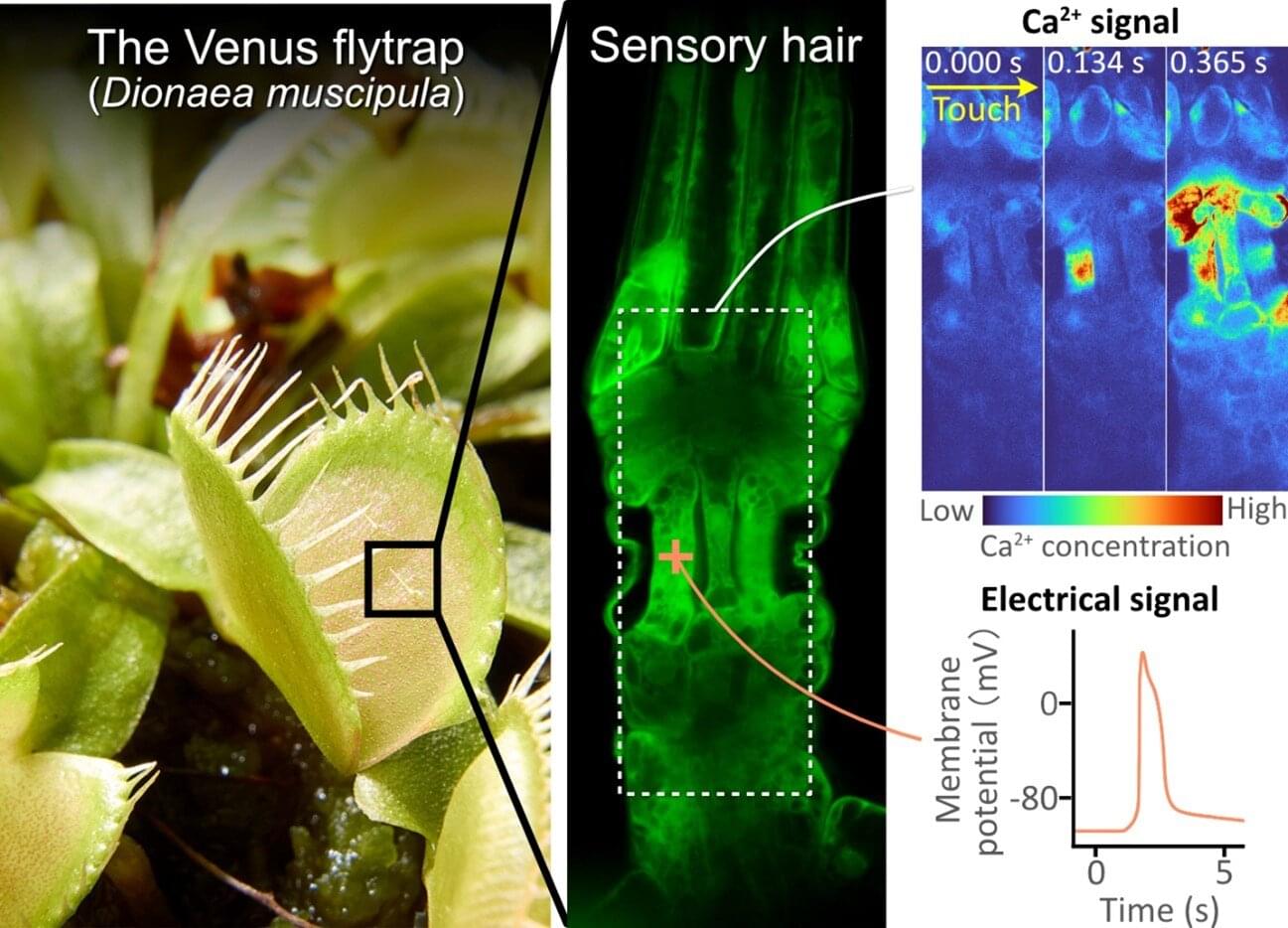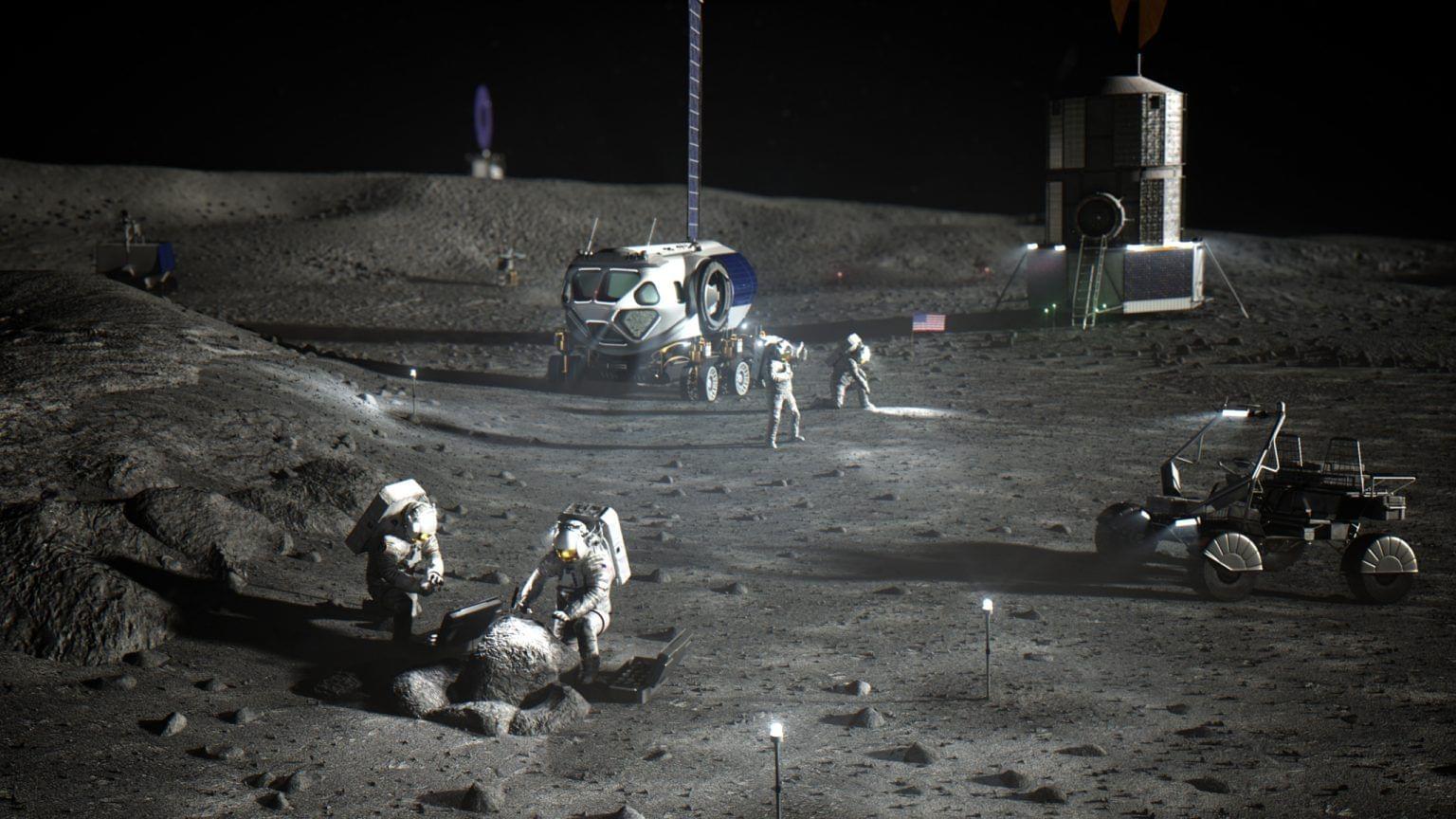Go to https://ground.news/nutshell to get 40% off unlimited access to Ground News so you can compare coverage and think critically about the news you read.
Sign up to the Birb’s Nest newsletter → https://shop.kgs.link/birb-nest.
Get exclusive freebies, early access, and much more from the kurzgesagt universe.
Sources & further reading:
https://sites.google.com/view/sources-surviveheatdeath/
Can we survive the heat death of the universe? One day, the last star will die, galaxies will dissolve, and black holes will evaporate. The universe becomes a cold, empty void where nothing happens.
Forever. But there might be a loophole that lets life keep going.
OUR CHANNELS
▀▀▀▀▀▀▀▀▀▀▀▀▀▀▀▀▀▀▀▀▀▀▀▀▀▀
German: https://kgs.link/youtubeDE
Spanish: https://kgs.link/youtubeES
French: https://kgs.link/youtubeFR
Portuguese: https://kgs.link/youtubePT
Arabic: https://kgs.link/youtubeAR
Hindi: https://kgs.link/youtubeHI
Japanese: https://kgs.link/youtubeJA
Korean: https://kgs.link/youtubeKO
HOW CAN YOU SUPPORT US?







